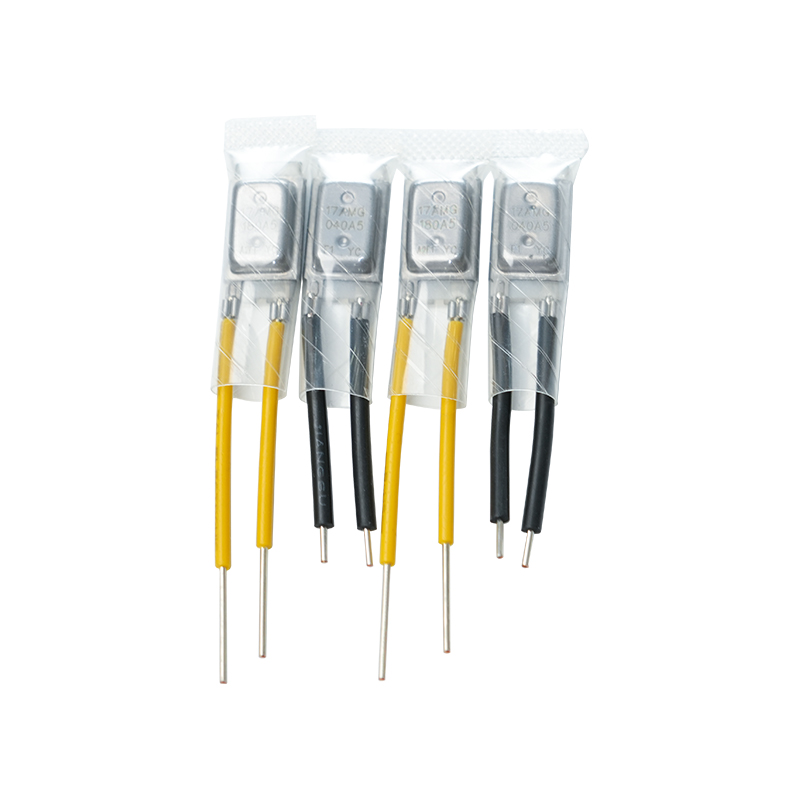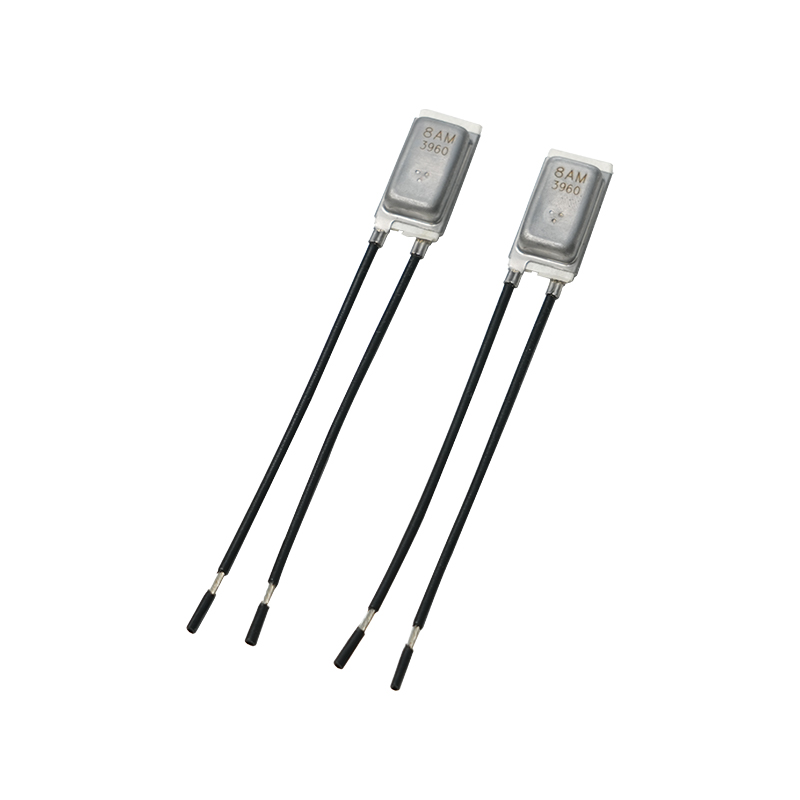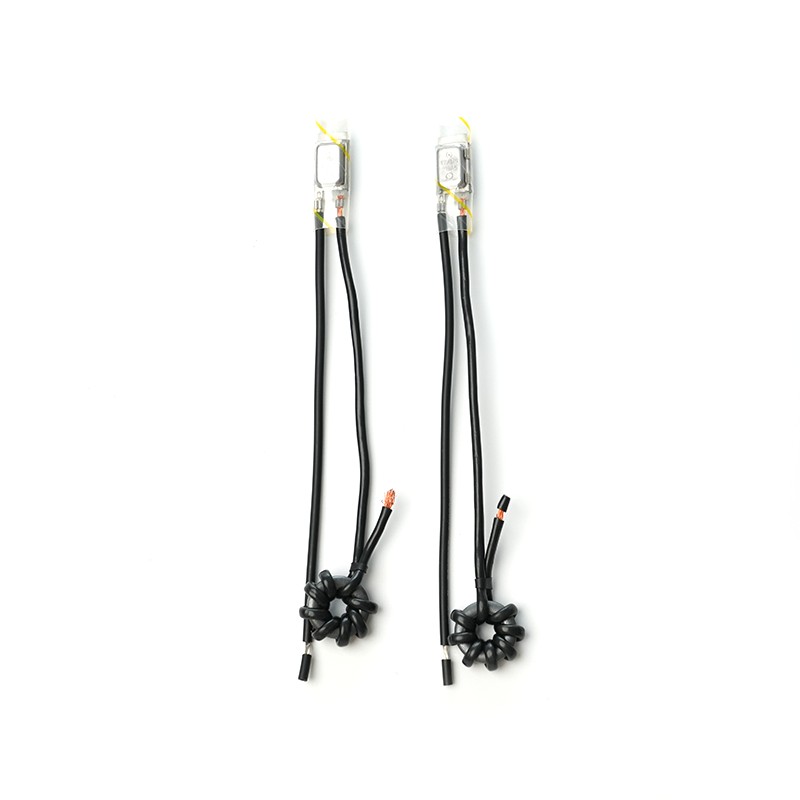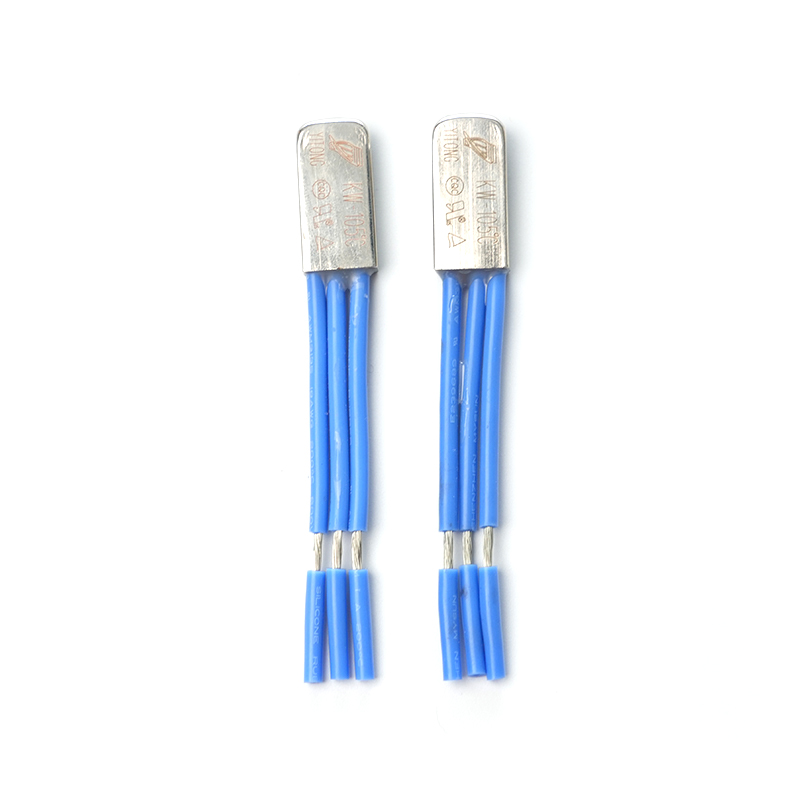How Does a Temperature Switch Protector Prevent Equipment Overheating?

Temperature control is critical in industrial, home appliance and automation control systems. As equipment power density continues to increase, the safety hazards caused by heat accumulation are becoming more and more obvious. In order to prevent key components from being damaged or causing safety accidents due to high temperature, a device called a temperature switch protector is installed in many systems.
1. What is a temperature switch protector?
A temperature switch protector is a safety element that automatically disconnects or closes based on temperature sensing. It has a built-in bimetallic strip, thermistor, thermal relay or thermosensitive material. When the temperature of the device exceeds the preset value, the protector will automatically cut off the circuit or send an alarm signal to prevent the device from continuing to heat up, playing a role in protecting core components such as motors, circuit boards, transformers, and electric heating elements.
2. How does it detect and respond to temperature changes?
Temperature switch protectors are usually based on the following two principles:
1. Bimetallic Strip Principle (Bimetallic Strip)
This is the most common mechanical temperature control technology. The bimetallic strip is composed of two metal materials with different expansion coefficients. At normal temperature, it is in a stable state of closing or disconnecting. When the temperature rises to the set point, the two metals expand inconsistently, causing the bimetallic strip to physically bend, thereby driving the switch action (such as disconnecting the circuit).
Advantages: simple structure, reliable response, and no need for additional power supply.
2. Thermistor or Thermistor Material Principle (NTC/PTC/Thermistor Film)
Electronic temperature protectors often use NTC (negative temperature coefficient) or PTC (positive temperature coefficient) thermistors, or thermosensitive film materials. When the temperature rises, the resistance value of these components will change dramatically, driving the relay or control circuit to respond, thereby triggering power-off, current limiting or alarm functions.
Advantages: High control accuracy, strong adjustability, suitable for modern electronic systems.
3. Specific mechanism to prevent overheating
The process of temperature switch protector to prevent equipment from overheating is roughly as follows:
Real-time temperature monitoring: Protectors installed in heating parts such as motors, power modules, heaters, etc. will continuously sense the surface or ambient temperature;
Reaching critical temperature: Once the temperature exceeds the set value (such as 80℃, 105℃, 130℃, etc.), the protector will act immediately;
Cut off power or send a signal: Mechanically disconnect the contacts, and electronically control the relay or control board to achieve power off or output an alarm signal;
Protect equipment safety: The circuit is interrupted, the equipment stops running, and the heat source no longer continues to heat, effectively avoiding component burnout or fire hazards;
Recovery status (optional): Some protectors will automatically reset after the temperature drops to a safe value, and some need to be manually reset or replaced.
4. Common application areas
Motor overheat protection (air conditioning compressor, electric fan, power tools)
Transformer, power module overtemperature control
Electric heating appliances (rice cooker, electric kettle, coffee machine) temperature control
Industrial heating system (hot air gun, heating plate)
New energy system (lithium battery, electric vehicle drive module) overtemperature monitoring
5. Installation and selection suggestions
When selecting, confirm that the temperature range of the temperature control point matches the maximum temperature of the equipment;
Choose automatic reset or manual reset style according to the working environment of the equipment;
Try to Choose products with overload current protection and temperature dual protection functions;
Pay attention to dustproof, waterproof, oil-proof and other grade requirements to ensure long-term stable operation.
The temperature switch protector plays the role of "intelligent safety valve" in modern equipment, which can effectively prevent overheating accidents, extend the service life of equipment and reduce maintenance costs. With the advancement of intelligent manufacturing, temperature protectors are gradually developing in the direction of miniaturization, modularization and intelligence, and will be integrated and used by more automation equipment and Internet of Things systems in the future. For manufacturers and engineers, the reasonable selection and layout of temperature switch protectors is an important step to ensure equipment safety and enhance product competitiveness.

 English
English







